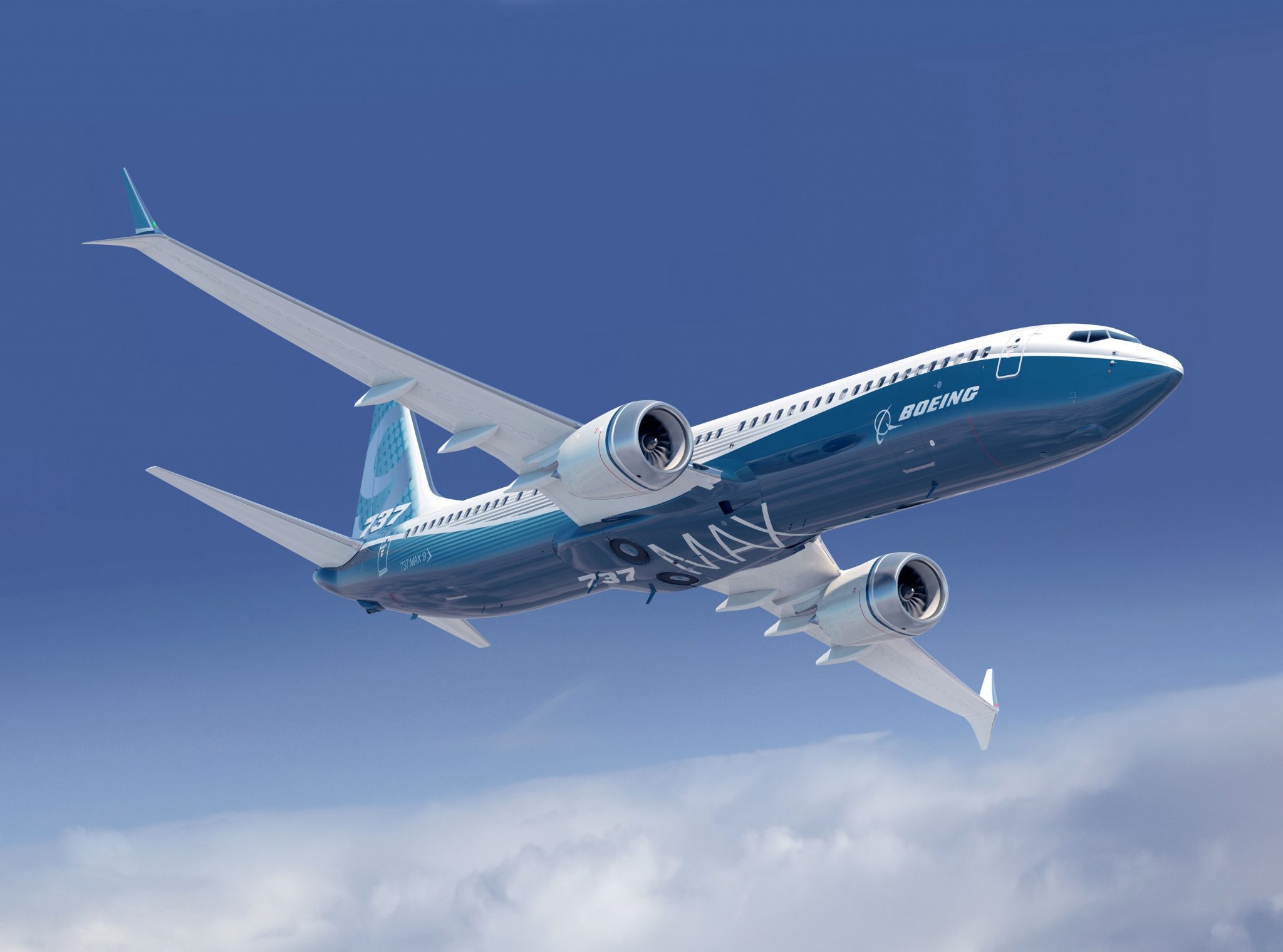Admittedly, this isn’t the most positive topic, but Boeing’s recent troubles have introduced us to a technologically focused conundrum that we may keep running into for the next few years. Two horrific commercial plane crashes in the space of just six months, causing the tragic deaths of some 326 passengers and flight crew, have led to the grounding of the Boeing 737 MAX worldwide.
In October last year, Lion Air Flight 610 crashed in Indonesia, killing everybody on board the aircraft. Shortly after takeoff at 06:20, the pilots experienced a problem establishing their correct speed and altitude; an error also experienced the last time the plane flew.

Outside the plane, an ‘angle of attack’ sensor had falsely indicated that the plane’s nose was too high, which could mean the aircraft stalling. This triggered an automated system, called MCAS […]
Enjoy the full article at AppleMagazine.






